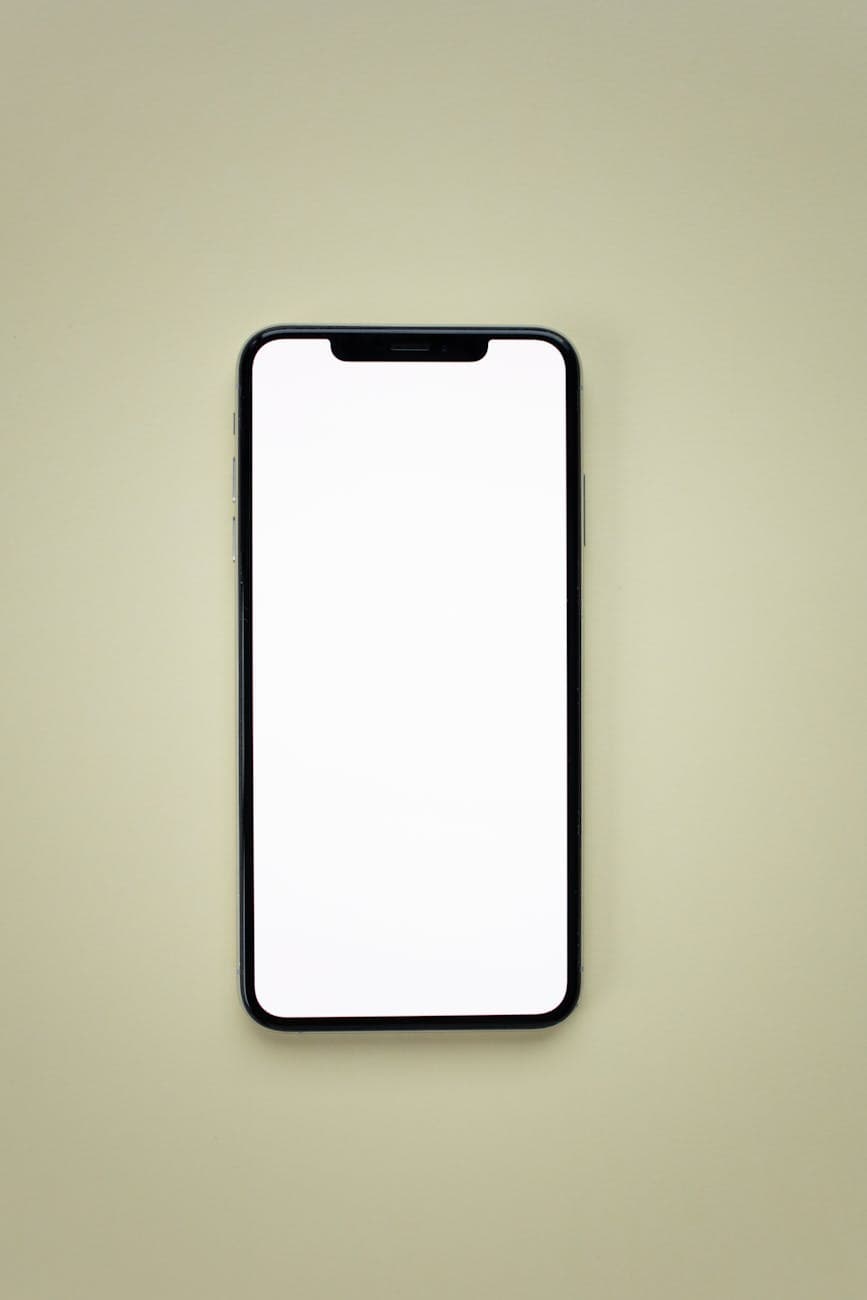How UI Design Shapes SaaS Product Reviews—and Why It Matters More Than Ever

When it comes to Software as a Service (SaaS), the battle for market supremacy is never won on features alone. Increasingly, subtle yet powerful user interface (UI) choices are drawing the line between products that delight and those that frustrate, between glowing five-star reviews and customers headed for the “unsubscribe” button. The user interface, once an afterthought in the rush to deliver new functions, now stands at the heart of user satisfaction, and thus of review scores and public perception. The gravitational pull of UI design on SaaS product reviews is profound and often underestimated, spinning a web of influence that touches acquisition, retention, and even the trajectory of entire companies.
In SaaS, trust is currency and switching costs are low. Product review platforms such as G2, Capterra, and Trustpilot have emerged as digital town squares, where users’ impressions shape the reputations of platforms overnight. Amid the cacophony of review comments, patterns emerge. Users often cite not only reliability, price, or customer support but also the intangibles of “ease of use,” “modernity,” and “intuitiveness”, each pointing toward the quality of the UI.
Why does this happen? Partly because SaaS increasingly serves non-technical audiences, spreading beyond developer-centric tools to encompass business workflows, creative work, and team collaboration. As the pool of users widens, expectations align less with the technical bravado of early adopters and more with the seamlessness of consumer apps like Instagram or Slack. In this new age, UI is not a layer on top of the product. It is the product.
Analysis of SaaS product reviews over the past few years reveals a set of recurring themes. Among products with similar feature sets, those with intuitive and attractive user interfaces consistently win higher ratings. For example, the rise of project management platforms like Asana or Notion can be traced not just to their flexible data models but to their core visual clarity, deliberate use of whitespace, and considered onboarding paths. Users praise these products for their “delightful UI” or “clean design,” often listing this as a primary reason for favoring them over deeply entrenched rivals. Conversely, legacy giants sometimes suffer slow-drip losses in market share because their products, while vast and powerful, present dense labyrinths of menus and cryptic icons, bemoaned in reviews as “cluttered” or “dated.”
What is it about UI design that so directly affects user happiness? Neuroscience offers some clues. Good UI reduces the so-called cognitive load, freeing users from having to remember complex paths or decipher hidden functions. When information is grouped logically and actions are surfaced clearly, users complete tasks more quickly and feel a compounding sense of progress. Color, spacing, micro-animations, elements that might appear ornamental, actually guide the eye and gently teach users what to do next. Every smooth interaction reinforces a positive association with the software. Every stutter or roadblock, on the other hand, injects friction, erodes patience, and spawns negative reviews.
The challenge for SaaS companies is that UI design is deceptively difficult to get right. Unlike backend infrastructure, which can be methodically upgraded and rarely draws public critique unless something breaks, UI changes are visible, subjective, and intimately experienced by every user, every day. One group’s much-requested “dark mode” becomes another’s distraction. A simplified dashboard solves one persona’s pain while obscuring features vital to another. Even subtle shifts in button placement or form layouts can unsettle veteran users and dominate review sections with complaints about “unneeded change.”
To succeed, SaaS companies must not only invest in talented designers but also embrace user-centered design processes: iterative prototyping, hands-on user testing, and a feedback loop that extends beyond the launch. Modern SaaS teams now analyze not just what features are built, but how they are presented and whether the full product’s value shines through. Many high-performing platforms have built formal mechanisms into their product roadmaps for monitoring UI-impacted sentiment in customer reviews, treating negative UI feedback as a first-class issue alongside bugs and outages.
The opportunity here is enormous. A product that nails its user interface creates a flywheel of organic promotion. Happy users write enthusiastic reviews, which draw in more users, who are then primed by expectations of ease and beauty, and often become champions in their own right. Thoughtful UI investments can tip the balance in crowded verticals where technical differences are shrinking and cost is no longer the deciding factor. In an era where even enterprise contracts are subject to trial-period user testing and pilot feedback, multiplying positive early reviews through UI excellence can unlock larger deals and longer lifetimes.
What lessons emerge from this evolution? SaaS companies looking to boost their review scores, and, ultimately, their growth, must embed UI sensitivity into their culture. Leadership needs to treat user experience as a measurable product metric rather than a matter of taste. Design talent must be involved from the outset of product conception, not summoned late to “paint the buttons.” Companies should cultivate cross-team fluency, allowing support and customer success feedback to directly inform UI priorities. And as products mature, teams ought to monitor not just usage analytics, but the qualitative patterns in both praise and criticism, reading each review as a story about friction or delight.
As artificial intelligence and automation are woven ever deeper into SaaS products, the stakes will only rise. Users will demand that advanced capabilities remain accessible through humane, discoverable interfaces rather than being buried as arcane options. Tomorrow’s five-star reviews will not only celebrate what the platform can do, but how gracefully it guides the user through increasingly complex workflows.
Ultimately, the story of UI’s impact on SaaS product reviews is a story of empathy. Those who build products that anticipate user needs, respect user attention, and remove obstacles will continue to win not just higher review scores, but lasting loyalty in a digital landscape where the next option is always a click away. In the end, beauty and usability are not mere decoration. They are decisive factors, shaping the stories users tell, and the future they choose.


